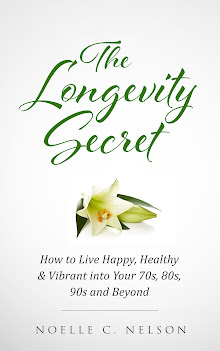Recently, I adopted a rescue dog - a one year old German
Shepherd - and as is true of most rescue dogs, he was an anxious, insecure
puppy. Nonetheless, as I stood in front of him and gently petted his head, I
was surprised when he cringed and backed away. Then I remembered that his
experience with humans before his rescue had been less than ideal. Much less.
Try “chained outside to a post” less.
So I tried another approach. I waited a moment, then stood
by his side, facing in the same direction that he was facing. I reached down
and petted his head. No cringing. I petted his long neck, and down his back,
and soon he was leaning against me, content, no longer insecure.
Ah, the power of together!
A recent management
study by Priyanka Carr and Greg Walton of
Stanford University showed that participants who worked on a task in
separate rooms, had no visual or other contact, but were told that they were
working “together” with other participants on the task in question, worked
longer, solved more problems correctly, and felt better at the end of the task,
than participants who simply worked on the task alone, without any mention of
“together.”
When I stood next to my dog, my body language said that I
was his ally, one with him, energetically speaking. We were working “together.”
What you can do with your mate, your friend, your co-worker, your employee,
your family, anytime you want to accomplish something that requires someone
else’s participation.
For example, you are at odds with your spouse over
something. You don’t agree on the purchase of a big-ticket item, or on the
choice of schooling for your child, or even on how to get the housework done.
Instead of sitting across a table from each other, or worse - yelling across
the room at each other - let your body language signal “we’re in this
together.”
Sit side-by-side at the table, or on the couch. Share a
single notepad or tablet on which you both jot down your ideas, or fill in the
“pro” and “con” columns. These simple physical adjustments are all it takes to
get the energy of “together” going in your discussion, which will make a
satisfying resolution flow far more easily.
Besides, it’s so much more fun to be facing life side by
side, pointing in the same direction, don’t you think? My dog certainly does.



